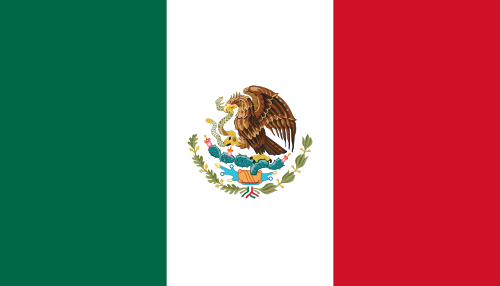Introduction Cinco de Mayo, often mistaken as Mexico’s Independence Day, is a vibrant celebration with deep historical roots, primarily observed in Mexico and the United States. The day, marked on May 5, commemorates the unlikely victory of the Mexican forces over the French army at the Battle of Puebla in 1862. While its historical significance is tied to Mexico’s fight for sovereignty, the modern-day celebrations, especially in the United States, have evolved to honor Mexican heritage and culture through parades, festivals, and a showcase of traditional music, food, and dance.
When is Cinco the Mayo celebrated:
- 2025: Monday, May 5
- 2026: Tuesday, May 5
- 2027: Wednesday, May 5
The History of Cinco de Mayo
The origins of Cinco de Mayo date back to the mid-19th century, when Mexico was struggling economically after years of internal conflict, including the Mexican-American War (1846-1848) and the Reform War (1857-1861). Facing financial instability, the Mexican government, under President Benito Juárez, was forced to suspend foreign debt payments to European nations. In response, France, under the rule of Emperor Napoleon III, saw this as an opportunity to expand its influence in Mexico and sent troops to invade.
The French army, considered one of the most powerful military forces at the time, aimed to capture Mexico City and install a puppet regime under Archduke Maximilian of Austria. However, on May 5, 1862, a poorly equipped and vastly outnumbered Mexican army, led by General Ignacio Zaragoza, achieved a surprising victory in the city of Puebla. The battle did not end the French occupation, which lasted until 1867, but it became a symbol of Mexican resilience and national pride.

How and Where Cinco de Mayo is Celebrated
Though the Battle of Puebla holds great historical importance, Cinco de Mayo is not widely celebrated across all of Mexico. It is primarily observed in the state of Puebla, where the battle took place, through military parades, reenactments, and other commemorative events. The town of Puebla hosts the most significant celebrations, including a large-scale reenactment of the battle, colorful parades, and traditional festivities.
In contrast, Cinco de Mayo has gained far more popularity in the United States, where it has become a major cultural celebration, particularly in areas with large Mexican-American populations. This is partly due to the Chicano movement in the 1960s, during which Mexican-Americans sought to reclaim and celebrate their cultural identity. Today, cities such as Los Angeles, Chicago, and Houston host large festivals featuring music, dancing, food, and educational events that highlight Mexican history and contributions to American society.
Key traditions in the U.S. include:
- Parades: Cities host parades showcasing Mexican culture with mariachi bands, folklorico dancers, and floats adorned in the colors of the Mexican flag (green, white, and red).
- Food and Drink: Mexican cuisine is at the heart of Cinco de Mayo celebrations, with dishes like tacos, tamales, guacamole, and margaritas being enjoyed widely.
- Music and Dance: Traditional Mexican music, such as mariachi and norteño, fills the air, and folkloric dances like the Jarabe Tapatío (Mexican Hat Dance) are performed.
Cinco de Mayo: Cultural and Social Impact
The popularity of Cinco de Mayo, particularly in the U.S., has turned it into a day that not only celebrates Mexican culture but also serves as a broader platform for discussions on cultural heritage, immigration, and the contributions of Latino communities to American life. Over the years, however, some have raised concerns about the commercialization of the holiday, as it is often seen as an excuse for parties and excessive drinking, overshadowing the historical importance of the day.
In Mexico, while Cinco de Mayo remains a regional holiday, it is seen as a point of pride, a reminder of Mexico’s struggle against imperialist forces. Schools and communities in Puebla emphasize the educational aspect of the holiday, ensuring that younger generations learn about the significance of the Battle of Puebla and the heroes who fought for their country’s sovereignty.
Conclusion
Cinco de Mayo has grown from a local commemoration of a military victory to an international celebration of Mexican heritage and pride. While it is often misunderstood, especially outside of Mexico, the day serves as a bridge between Mexican history and the cultural identity of Mexican-Americans. Whether through historical reenactments in Puebla or grand festivals in U.S. cities, Cinco de Mayo offers an opportunity to honor the courage, perseverance, and rich traditions of the Mexican people. It also reminds us of the importance of understanding the history behind the holiday, celebrating it in a way that respects its origins while appreciating the cultural richness it brings to the global stage.

